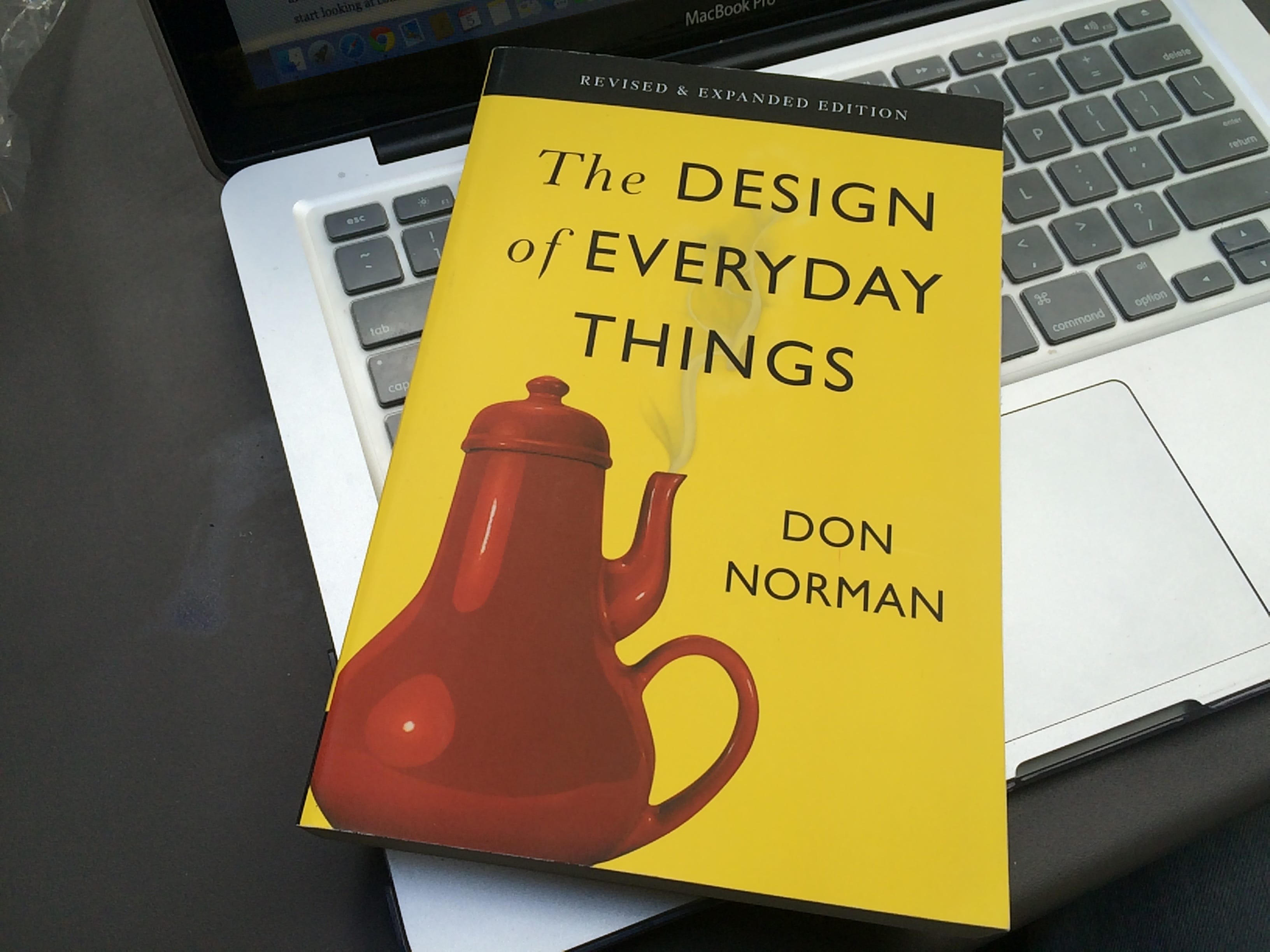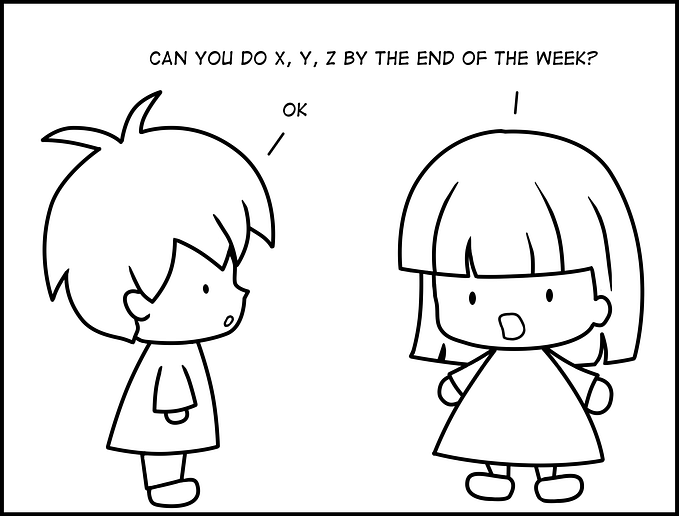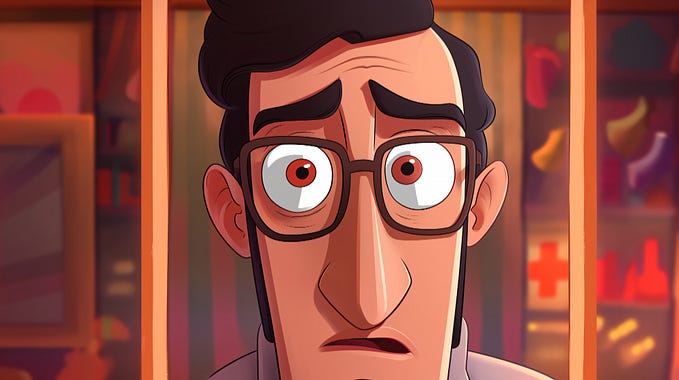The Design of Everyday Things — summary of the first chapter
Must read for every design enthusiastic individuals.
“To understand products, it is not enough to understand design or technology: it is critical to understand business.”
- Don Norman
The intention of this article is to encourage people to read the original book and to provide a more in-depth idea by pointing out the core points of the first chapter. I enjoyed reading the book, hopefully, you will also enjoy it.
In this chapter, Don Norman explained the basics of modern design pattern and how it’s affecting our daily lives. He explained some core principles that can be followed to make more human-centered designed products.
I have written each section of this chapter into a summarised version mixing with my own thoughts ensuring that you don’t miss a thing.
Chapter 01: The Psychopathology of Everyday Things
I find it really complex to deal with doors that have Push or Pull instructions. Most of the time if I am in a hurry, I fail to follow the instruction accordingly. Even once I broke a Glassdoor of a clothing shop just because of failing to translate the instruction properly (I pushed instead of pulling 😐). So do Don Norman. That’s how we connected while reading this book. The problem with doors that Don has in his life is so popular that you will find many results in google with the “Norman Doors” keyword.

What is the reason for this failure? According to Don Norman, its the lack of Discoverability and Understanding. It's also the core characteristics of good design. You will find many potential products fail just because of the lack of these two characteristics.

The Complexity of Modern Design
While designing, designers should consider the whole experience rather than making it delightful and enjoyable. This book emphasized on three major areas — Industrial Design, Interaction Design, and Experience Design. Machines are logical, it works as it is designed or programmed. The users have often blamed for misunderstanding any complex machine. But the problem lies in design, more specifically blame the designers. Before designing anything, we should emphasize our Common Sense more often and not expect from the users to read the product manual accordingly. Steve Jobs often tried to make simpler products so that new customers can visit the Apple Experience Store and start using any displayed product without the help of the representatives.
Human-Centered Design(HCD)
HCD is a process that determines if a design matches the needs and capabilities of the target customers. For example, Google Maps has a voice assistant so that you can get directions while driving without looking at the smartphone. It can be implemented through observation and rapid testing of the ideas and prototypes.

Also, communication is highly important for keeping pace with building great products. Designers need to put more focus on where things go wrong, not just on when things work as planned.

Fundamental Principle of Interaction
When interacting with a product, we often look for natural cues to understand what it does, how it works, and what operations are possible. It is called discoverability. Discoverability depends on five fundamental psychological concepts —
a) Affordances: When we see a chair, we get an idea that we can sit there or a staircase which is for ascending or descending or the on-off switch to turn on or off any electronic device. Its all about relationships through information pickup while we see any object around us.
While designing the user experience, designers should use common cues so that users can pick from visible affordance and do the desired task.
b) Signifiers: Signifiers are the properties that help us to determine where the action will take place. Any kind of signals like, signs, labels, and drawings can be called as signifiers.
c) Mapping: It is the relationship between two sets of things. While driving a car, the steering wheel creates a map with the direction. Grouping and proximity are important principles that can be used while mapping.
d) Feedback: The term itself fostering the idea behind it. Lack of feedback increases frustration while using any product. Even it drops the conversion rate of a website drastically. All actions need to be confirmed is an unobstructed manner.
e) Conceptual Models: A conceptual model is a highly simplified explanation of how something works. The file, folder, or icon on the computer screen helps people to create a conceptual model of documents and folders inside that computer. The conceptual model can vary depending on the person or even culture.
The System Image
In our daily life, we create a conceptual or mental model about everything we interact with. We use that knowledge while interacting with new things. No matter how brilliant the product is, if people can not use it, it will receive poor reviews. It's the designer's noble task to make the product to understandable and usable. A good conceptual model tackles the situation well when things go wrong.
Good communication is the key to a good conceptual model.
The Paradox of technology
Over the period of time technology is bringing changes and innovations to make our life easier. Devices are getting complicated as they are stacked with lots of options. The main challenge for designers is to bring the same technology that simplifies life by providing more functions in each device.
The Design Challenge
Building great products need great designers, also a great management team. Design is a cooperative effort of multiple disciplines. Designing well is not easy. The manufacturer wants something that can be produced economically, store-man wants something that is attractive to the customers, the purchaser has several demands. In the store, the purchaser focuses on price and appearance, also might be the brand value. At home, the same person will focus more on usability and functionality. The needs will differ from team to team while creating a product. The main challenge is to use the human-centered design to produce positive results that will enhance lives and make it joyous and pleasurable. The ultimate goal is to make a great product that customers will love. It can be done.
Hope the reading was enjoyable. Let me know your thoughts.







